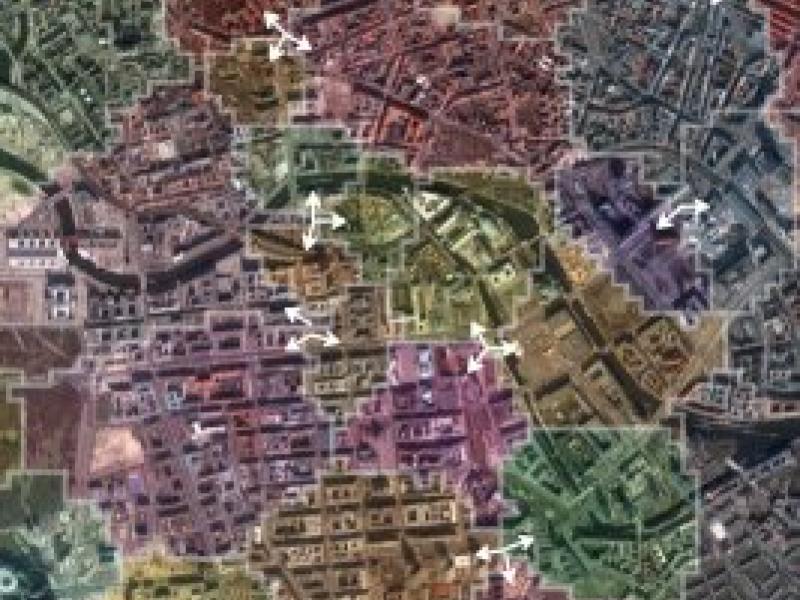UMTS networks are currently being deployed and upgraded across the world. UMTS mobile phones are able to send and receive large amounts of data in a short time. The high data rates enable new services such as mobile TV, high speed Internet access, and video telephony. But there is a caveat: base station antennas have to be perfectly attuned to each other. Otherwise, the user might suffer bad connections and rather limted throughput. These unpleasant experiences can be avoided with the results from this project!
Radio network planning is about finding a good configuration for the antennas. This task is more difficult with UTMS than with previous radio technologies, because the system is more complex. In the present project, the challenge is tackled using mathematical methods. New mathematical models for radio networks have been developed that leverage high-end optimization approaches. By mapping the formulas and equations into specialized software that has been developed within the project, an optimal configuration of antennas can be found. Using the methods developed in this project, operators use their investment more efficiently, emission is reduced, and the customer enjoys a smoother mobile telephony experience.
Radio Network Design
For providing wireless UMTS services to customers, operators deploy an infrastructure of radio antennas in the relevant area. Each antenna can be configured in many parameters (antenna type, height, azimuth (direction), tilt, ...). The quality of the radio network depends on the ensemble of antenna configurations. The task of radio network planning is to place and/or configure the antennas such that the resulting radio network has the desired qualities.
How to configure the network depends, of course, on the expected traffic distribution in the area. Due to the variety of services offered in UMTS, the traffic characteristics are heterogenous.
Two aspects are important for network quality. Coverage denotes the ability to provide users with network access anywhere in the planning area. This depends mainly on the strength of the signal received from the nearest antenna being high enough. Capacity, on the other hand, depends on sufficient availability of radio resources for the users.
Both quality measures are interlinked through radio interference. This makes managing interference coupling among cells one of the major challenges in UMTS radio network planning. Unlike for GSM, network load is not easily determined either.
Research Topics
The “traditional” way of assessing and planning radio networks is based on snapshots (random realizations of user distributions and service requests) and Monte-Carlo simulation. This approach, however, is hardly tractable for optimization of radio networks of interesting sizes. We work with a compact formulation based on expected cell coupling for assessing network load. This leads to linear equation systems involving cell coupling matrices and complementary variables capturing the effects of load control. Besides some simple heuristics for network tuning, we use this formulation for a fast local search approach and in optimization models that aim directly at designing the coupling matrices.
Focuses of the project work are:
- Concise mathematical modelling of radio networks
- Fast network analysis including cell loading and blocking
- Design of efficient optimization models
- Robust optimization solutions with respect to traffic and pathloss variations
- Appropriate consideration of technically relevant features in optimization
